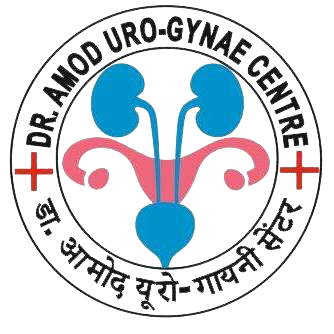Treatment of kidney stone depend upon its size, number and location. So, there is no single best treatment of kidney stone applicable to all. Other factors that may influence treatment options are patient’s overall health, associated illnesses, affordability of various treatment options , expertise and preference by surgeon. Generally stone less than 6 mm in size does not require surgical removal as this much size stone can pass itself without causing much trouble. If pain last more than ten days then surgical removal of stone is must. Long term pain and obstruction by kidney stone can lead to irreversible damage to kidney. Kidney can be silently damaged by kidney stone obstruction even in absence of any symptoms like pain. Overall goal of stone treatment is pain relief and protection of kidney function. Stone which are bigger than 7 mm and causing symptoms like pain, fever , blood in urine , deterioration in kidney function etc, require removal by following methods:
PCNL( Percutaneous Nephrolithotomy):
Percutaneous means through skin, nephrolithotomy means breaking kidney stone . PCNL is a minimal invasive endoscopic surgery for kidney stone. In this technique a small puncture is done in skin of back over particular kidney and a track is created from there up to kidney. Special instruments and endoscopes are passed through this track to reach up to stone inside kidney. Stone is localized there and broken under vision via various energy devices ( pneumatic lithotripter, laser , ultrasonic device etc.). Stones fragments are removed through same track. Percutaneous nephrolithotomy is typically recommended for Large size and complex kidney stone. ( > 20 mm ).
Risks of PCNL: The most common risks from percutaneous nephrolithotomy include:· Bleeding ( about 5-10% cases), Infection ( about 5-10% cases), Injury to the kidney or other organs ( 1-2 % cases) , Incomplete stone removal ( 5-10 % cases) .
How long stay in hospital is required after PCNL surgery?
You may stay in the hospital for 1 to 2 days after the procedure. You can walk next day after surgery but You may need to avoid heavy lifting and pushing or pulling for 2 to 4 weeks after surgery. You may be able to return to work after about a week. A tube ( nephrostomy tube) may be placed in certain patient to drain dirty urine and stone dust. It is removed usually after one or two days. In almost all patient a different thin tube or stent ( dj stent) is placed inside kidney up to urinary bladder. This stent does not visible form out side and does not interfere with any of your activity. Due to DJ stent, You may feel frequent urination, or pain at last drop of urination. DJ stent is removed after ten to fifteen days post surgery in day care under local anesthesia.
What is mini-PCNL:
Mini –PCNL is further less invasive surgery for kidney stone in which smaller track is made over kidney in comparison to standard PCNL ( about one third smaller size hole in comparison to standard PCNL). This lead to less complication like bleeding and trauma to surrounding organs. Instrument used in this technique are thinner than standard PCN. Stone in mini-pcnl are usually broken by Laser. Mini-PCNL are ideal for 10-20mm kidney stone, or stone in upper ureter. Stone clearance is comparable with less complication.
RIRS: ( retrograde intrarenal surgery) :
This is the most advanced minimal invasive technology for kidney stones less than 15 in size. In this technology, a long flexible endoscope ( ureteroscope ) is passed up to kidney from urethra via urinary bladder and ureter. No cut or hole in kidney is required. So practically it is blood less and pain less surgery. Flexible ureteroscope allow navigation at any corner of kidney, so it is best used for stones in calyx. Multiple stones hidden in various calyx can be seen and fragmented by this technology, which could be missed by PCNL. Stone seen via scope are fragmented in fine dust like particles by laser ( Holmium or thulium laser ). Although most of these fragment flush out through ureter during time of surgery but few residual fragments gradually pass in subsequent days without any trouble or pain.
